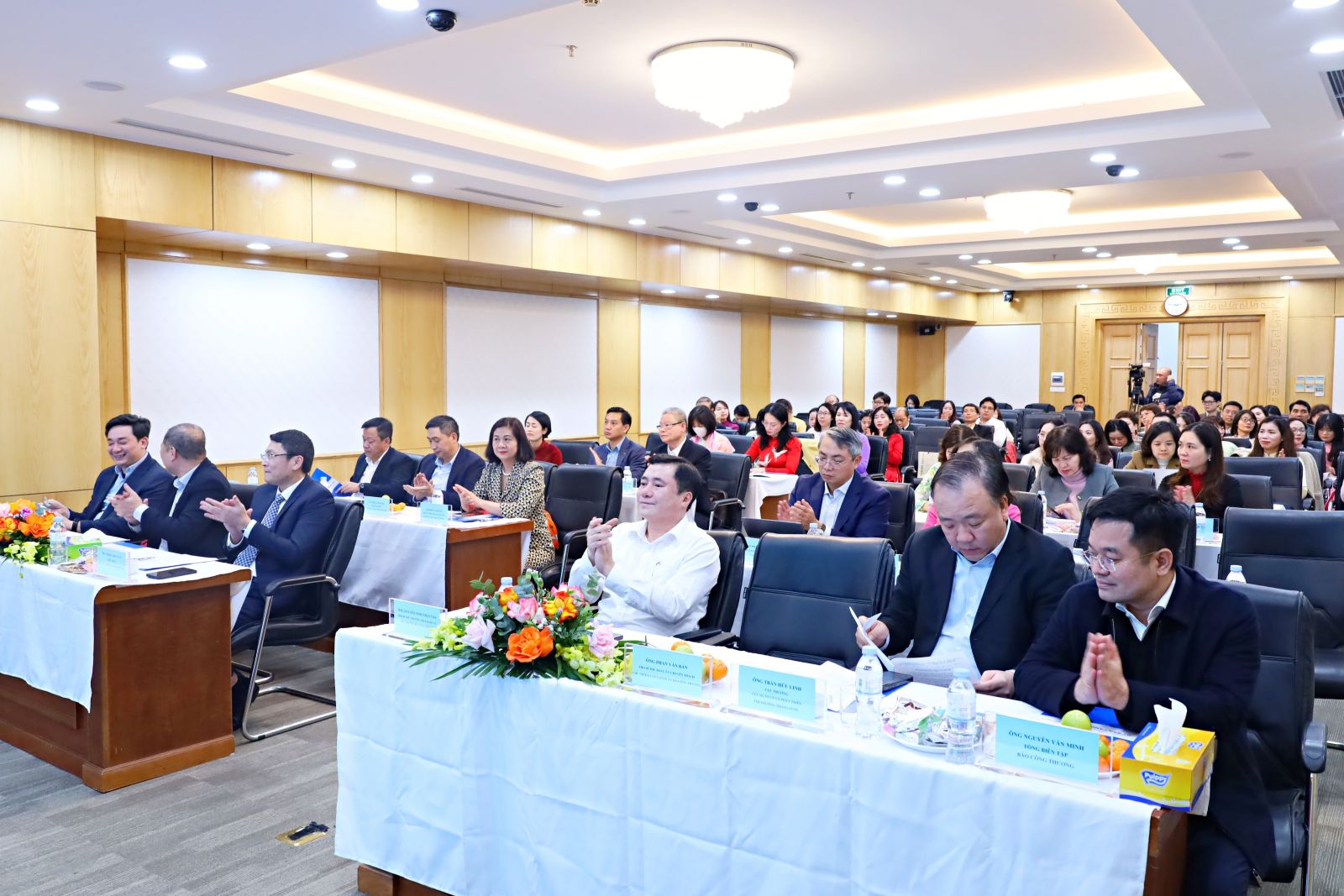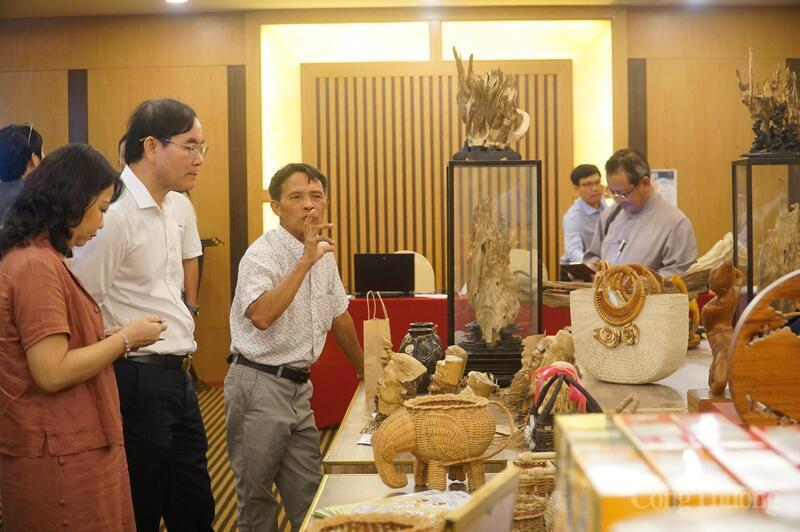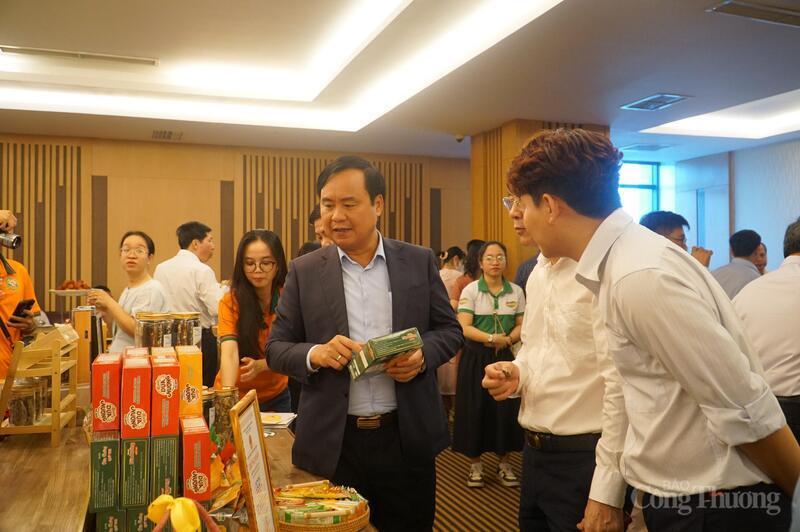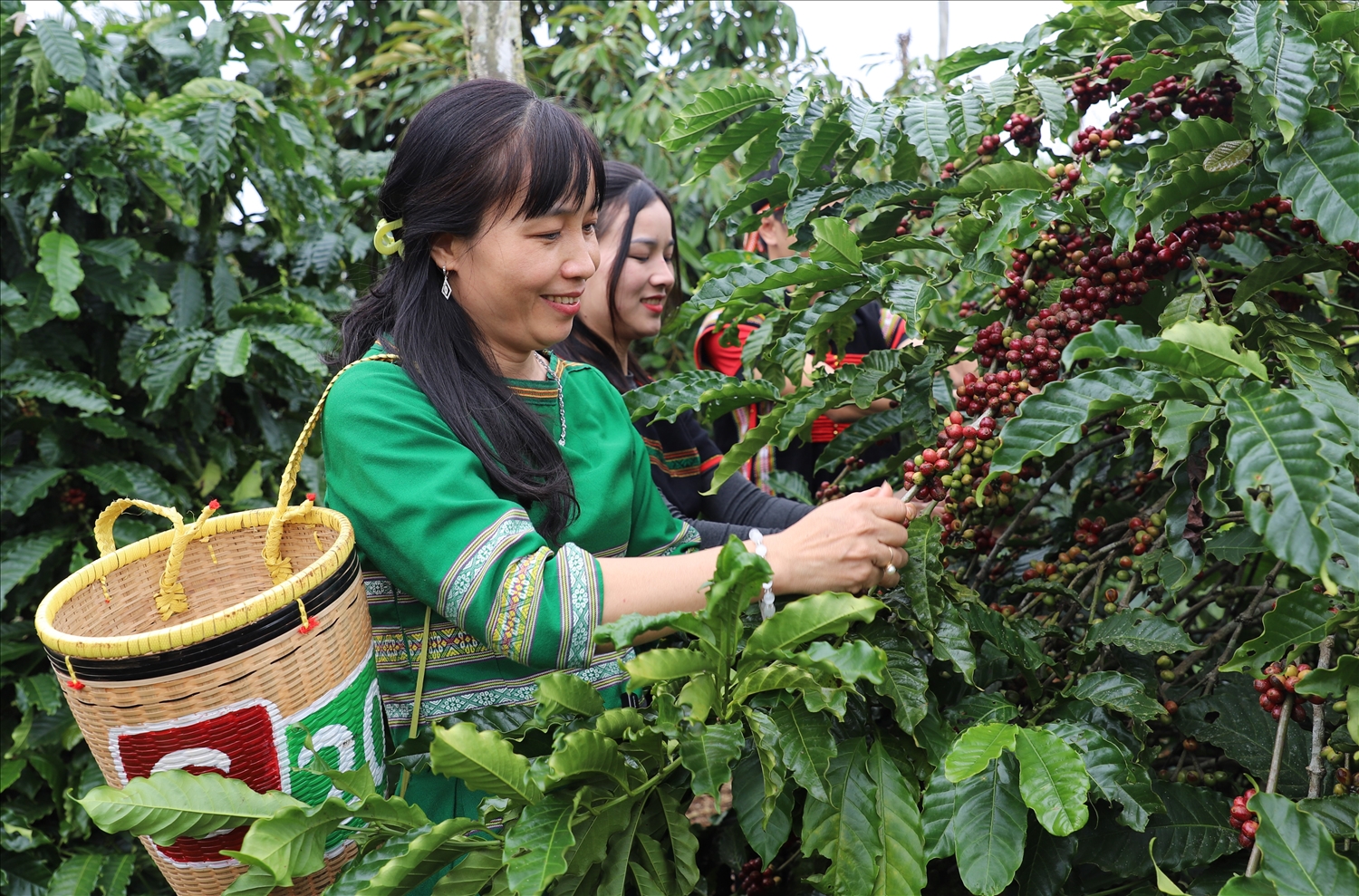
VCC reviews 2025, sets key tasks to boost competition and consumer protection
19:05 | 23/03/2025 14:11 | 08/01/2026Industry
Opportunities from FTAs
According to the Department of Cooperative Economy and Rural Development under the Ministry of Agriculture and Environment, rural craft production and business have made significant contributions to the value of goods, boosting export turnover.
In the first eight months of 2025, export turnover of many rural craft product groups maintained strong growth compared with the same period in 2024. Notably, wood and wood products reached more than USD 11.1 billion, up 6.3%; exports of rattan, bamboo, sedge and mats hit USD 574 million, up 5.4%... The export market for handicrafts has been expanding, with major destinations remaining the United States (accounting for 35% of annual export turnover), Japan and Europe. Beyond traditional markets, new destinations such as Russia, the Republic of Korea, Australia, and Taiwan (China) have also increased imports of Vietnamese handicrafts. Currently, Vietnamese handicrafts are present in 163 countries and territories worldwide.

Export turnover of various rural craft products such as wood, glass, rattan, bamboo, and woven items has grown strongly in recent years, driven by expanded market opportunities from FTAs and international trade fairs.
Products are increasingly shifting toward eco-friendly and culturally local-oriented designs. ODM/OEM orders are rising sharply, but demand strict requirements on design, quality, delivery capacity, and social responsibility. Export-standard products often originate from long-standing craft villages such as Bat Trang (ceramics), Van Phuc (silk), Phu Vinh (bamboo and rattan weaving), and Dong Ky (wood carving).
These achievements are attributable to international trade promotion efforts organized by the Ministry of Industry and Trade. Between 2021 and 2025, the Ministry approved and implemented nine trade promotion projects dedicated to Vietnamese handicrafts with a total support budget of nearly VND 16 billion. Activities include sending business delegations to major international fairs such as Ambiente Frankfurt (Germany), Maison et Objet (France), New York Now (the US), and organizing Vietnam Product Weeks in Japan and South Korea.
As a result, 145 craft villages now have export products. Some have established independent brands with stable market shares abroad such as Bat Trang ceramics, Van Phuc silk, Nga Son sedge mats, Quang Phu Cau incense, and Tang Tien bamboo and rattan. According to Nguyen Minh Tien, Director of the Center for Agricultural Trade Promotion under the Ministry of Agriculture and Environment, Vietnam’s participation in multiple FTAs, including three new-generation FTAs such as CPTPP, EVFTA, UKVFTA, has significantly expanded export markets for Vietnamese craft villages globally.
Driving trade promotion via digital platforms
With rapid digital transformation, experts and craft associations emphasize that in addition to actively participating in direct trade promotion, rural craft producers must accelerate trade promotion through digital platforms.
Le Ba Ngoc, Vice Chairman of the Vietnam Handicraft Exporters Association, stressed that to boost exports, handicraft products must simultaneously address four factors: sustainable raw material sources, green-oriented production, product innovation, and especially cross-border e-commerce. “Currently, e-commerce by craft villages and rural industries is mostly limited to posting information on social networks or running basic websites, without substantial investment to drive cross-border e-commerce,” he noted.

The grilled coconut cake product of a rural craft producer in Da Nang city has been exported to more than 10 countries worldwide.
The Center for Agricultural Trade Promotion stated that in the coming time, it will focus on supporting handicraft enterprises and production facilities to more actively join international e-commerce platforms such as Amazon, Alibaba, and Etsy. Alongside this, a “national pavilion” for handicraft products will be developed on digital platforms.
“This strategy will help build a unified national brand, enhance customer trust, and create opportunities to directly reach millions of global consumers,” said Nguyen Minh Tien. These online pavilions will feature digital exhibitions and virtual fairs using 3D, AR, and VR technologies to recreate craft village spaces and present products in a vivid and authentic way, allowing international customers to experience products remotely.
Digital transformation within enterprises will be promoted through training digital trade personnel in tandem with building customer data systems and applying Big Data to analyze consumer behavior and market trends. “Digitizing trade promotion processes will help enterprises make faster, more accurate, and effective decisions,” the Center’s leadership noted.
In parallel with digital promotion, the Center will continue supporting rural craft producers and enterprises to engage in traditional trade promotion such as international fairs, exhibitions, and Vietnam Weeks overseas. “These remain effective tools for direct engagement with customers, importers, and distributors. Structured B2B matchmaking must be strengthened, especially in key markets such as Europe, the United States, and Japan,” emphasized Nguyen Minh Tien.
FTAs and international trade fairs have played an important role in expanding export markets for rural craft products and Vietnamese handicrafts. In the digital context, while direct trade promotion remains necessary, rural craft producers must also accelerate cross-border e-commerce promotion to access broader customer segments worldwide.

19:05 | 23/03/2025 14:11 | 08/01/2026Industry

19:05 | 23/03/2025 14:08 | 08/01/2026Trade

19:05 | 23/03/2025 14:07 | 08/01/2026Trade

19:05 | 23/03/2025 14:06 | 08/01/2026Trade

19:05 | 23/03/2025 14:03 | 08/01/2026Industry